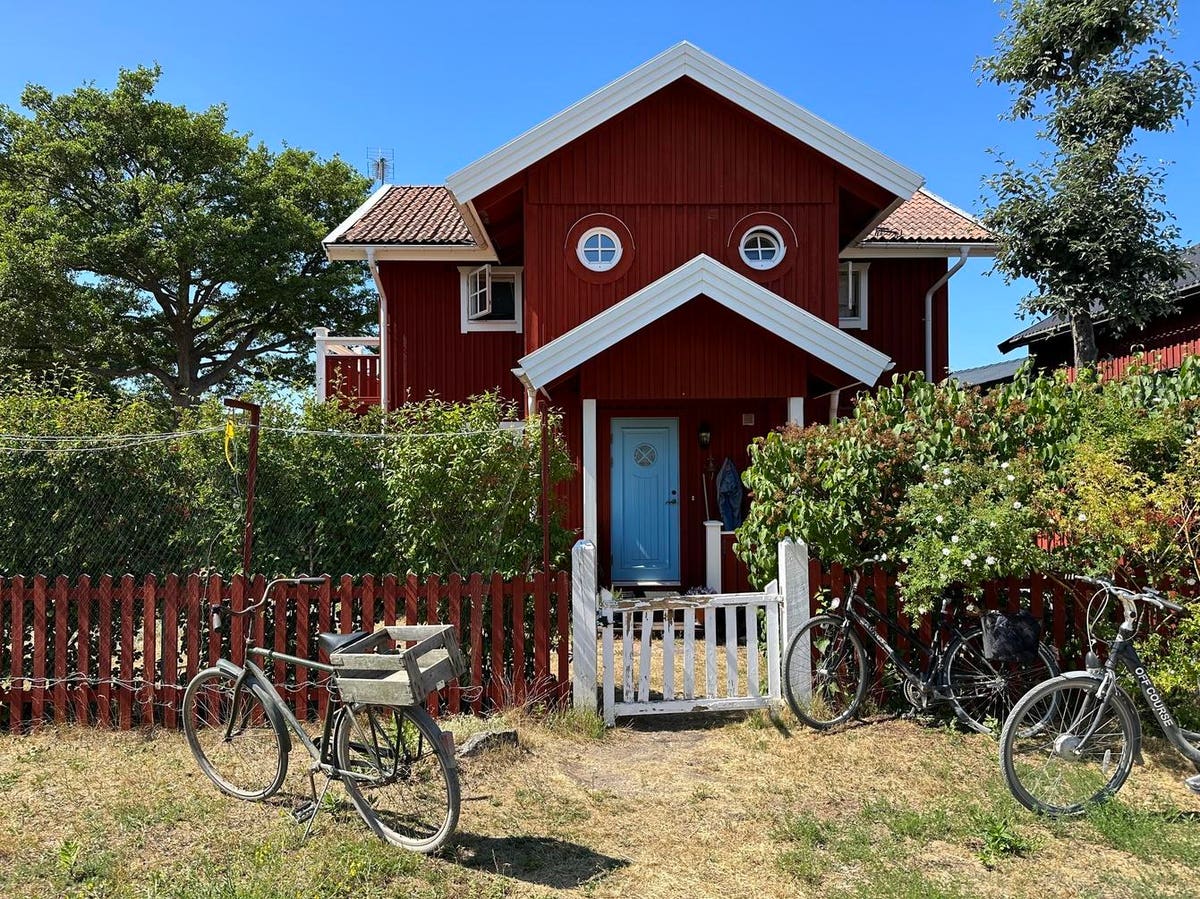I used to think that a vacation meant getting away from it all. I now think of vacation as connecting to it all–reconnecting to ourselves, our family, and friends, new and old.
In “ReCulturing”, my book, I dive into systems thinking — understanding the interplay of various components as a collective unit. Applying systems thinking to build effective company cultures can also be applied to building effective personal cultures as well.
I wanted to apply this same thinking to taking a vacation. I have taken many vacations throughout my professional career. Most felt rejuvenating, and few felt restorative. Restorative has a Latin root that means “repair, rebuild or renew”. I wanted that restorative feeling–the chance to make space, rebuild, and renew different ways of thinking and being. I looked at my vacation as a system of three parts: Pre, during, and post. Here are practices I learned that can hopefully help you as you travel to places near and far.
Pre-Vacation: (Review)
1.Define Your Boundaries: Years ago before the idea of integration or balance was something that was part of the everyday vernacular, I was grappling with whether or not to go on a ski vacation with my partner because I had a really important conference call at noon on Wednesday, right in the middle of our ski week. I decided that I could and wanted to do both. It worked out well. I was able to ski in Sun Valley, Idaho, a place I had never been to before, connect with people I would never have met, and also get my call done. One of my team members even commented on how calm I was when we realized we had to shift our approach to the project which would set us back by two additional months. I admitted that it was likely because I was enjoying my beautiful mountain view. I was energized by this newfound idea of integrating my personal and professional life and wanted to share about it in my blog. I was lambasted. It was the first time I got negative, and even, hurtful comments from my readers.
Comments like:
“The point of vacation is to get away and enjoy yourself–do you not know how to do that?”
“What’s the point of vacation if you can’t say no to meetings?”
And my favorite:
“You coach others to have boundaries, but you clearly have none.” Ouch.
The noise of the negative became fainter when I read a comment from a woman executive I had already been working with on boundaries. Her breakthrough in reading my post was getting beyond the ‘either/or’ mentality society has ingrained into our mindset. We are either playing or working, relaxed or anxious, calm or uptight. Defining your boundaries is about defining the ‘both/and’.
Figure out the communication vehicle you want to set up for more urgent messages and define the projects that you want to stay connected to, if any. For me, text was the best form of communication, there was one project I wanted to stay updated on, and also let my team know I am available for any customer needs since it was the last two weeks of the quarter.
2.Name a Point of Contact–More than just delegating, what a great development and networking opportunity for someone on your team to take on different challenges and to work with other people they may not have the opportunity to interact with every day.
During Vacation (Restore)
3.Define your mode: What do you want to feel? What do you want to experience? Who do you want to meet, if anybody? It is easy to get caught up in the logistics, filling your days with exhaustion instead of being more intentional about how you are going to vacation.
For this trip, my theme was slow intention. I wanted to meet new people and deepen the relationships I already had, all on my own time and pace. One day was brunch with new friends in Oslo, Norway followed by being a guest on a podcast at the same kitchen table. The next day we flew south to eat at a restaurant fifteen feet below sea level at the southernmost tip of Norway at a restaurant called Under. Both days were energizing and intentionally slow in different ways.
4.Keep your daily rituals: exercise, meditation, writing, getting outside, and daily reflections are all part of my daily routine. I usually let myself drop these practices when I go on vacation, but this time I decided to keep them and it felt restorative. Mornings included a family exercise routine with 7 different exercise stations we set up for different muscles: Cinder blocks for arms, steps on the terraced deck, and a chair mat for stomach exercises.
Post-Vacation (Reset)
5.Take a day or two to reset but don’t call it “catch up”—reconnect back with your daily work without feeling like you have to respond to every email and slack. Set expectations beforehand with your team and colleagues when you are back and set up meetings to discuss key projects. Ideally, ensure you have time to unpack, do laundry, plan your re-entry before you are officially are back at it. Also, pro tip: come back on a Wednesday instead of a Monday.
6.‘How was your trip?’: Figure out what to say when someone asks you this. Ideally, you have one key sentence that summarizes your experience so that you reset that connection and they do not have to listen to all of those details that you think are interesting but are likely not (!) If you do get asked for more, share a story.
So, next time you’re packing your bags, remember to pack not just your essentials, but also an openness to explore, connect, and redefine what a vacation means to you. The most significant discoveries are not just in the destinations we reach but in the experiences we curate along the way.
Read the full article here





